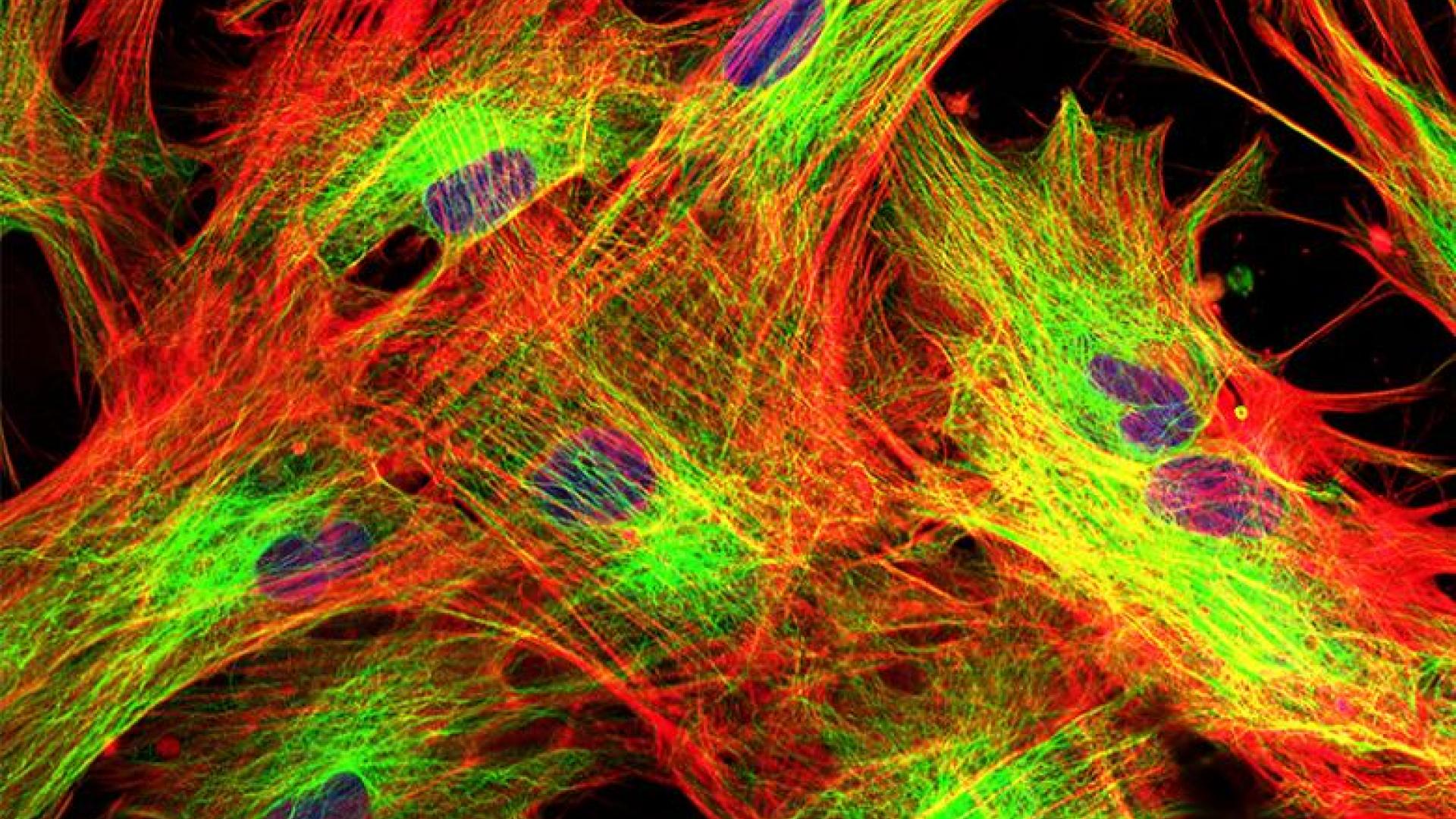Glaucoma can also be caused by another eye condition or disease. Secondary open-angle glaucomas include many types, but have in common the fact that the drainage angle is in an open configuration. These include, but are not limited to:
- Steroid-induced glaucoma, related to the use of steroid-containing eye drops, injections, pills, and sprays;
- Pseudoexfoliation glaucoma, caused by the deposition of flakes of material at the edge of the pupil, on the lens, in the drainage structures, and throughout other structures primarily in the front of the eye. When the eye’s drainage system is clogged by this flaky material, as well as pigment, the eye pressure can increase and lead to glaucoma;
- Pigmentary glaucoma, caused by pigment granules from the iris – the colored part of the eye – that deposit in the eye’s drainage structure, the trabecular meshwork;
- Uveitic glaucoma, related to inflammation in the eye; and
- Traumatic glaucoma, caused by trauma damage to structures that comprise the angle of the eye. The angle can be thought of as the region between the iris and the cornea where one finds the drainage system of the eye, called the trabecular meshwork.
Secondary angle-closure glaucomas include many types, but have in common the fact that the drainage angle is in a narrow or closed configuration.
These include, but are not limited to:
- Neovascular glaucoma, related to new blood vessel growth on the iris and in the drainage angle, is often secondary to diabetic eye disease or a retinal vein occlusion, which is a blockage of the small veins that carry blood away from the retina;
- Medication-induced secondary angle-closure glaucoma (this often occurs in both eyes);
- Glaucomas secondary to benign cysts or malignant tumors of the eye.
Interestingly, some of these secondary causes of glaucoma can result in both open-angle or angle-closure glaucoma. For example, uveitic glaucoma can occur in patients with an open-angle configuration, where the eye pressure is elevated due to inflammatory debris in the drainage structures. But, scarring can take place over time in patients with chronic uveitis, which can lead to secondary angle-closure glaucoma.
The information presented above is not comprehensive, but does provide information to clearly demonstrate that glaucoma is not just one disease, but rather a complicated condition that can be the result of many different causes.
About BrightFocus Foundation
BrightFocus Foundation is a premier global nonprofit funder of research to defeat Alzheimer’s, macular degeneration, and glaucoma. Since its inception more than 50 years ago, BrightFocus and its flagship research programs—Alzheimer’s Disease Research, Macular Degeneration Research, and National Glaucoma Research—has awarded more than $300 million in research grants to scientists around the world, catalyzing thousands of scientific breakthroughs, life-enhancing treatments, and diagnostic tools. We also share the latest research findings, expert information, and resources to empower the millions impacted by these devastating diseases. Learn more at brightfocus.org.
Disclaimer: The information provided here is a public service of BrightFocus Foundation and is not intended to constitute medical advice. Please consult your physician for personalized medical, dietary, and/or exercise advice. Any medications or supplements should only be taken under medical supervision. BrightFocus Foundation does not endorse any medical products or therapies.
- Eye Health
- Risk Factors









